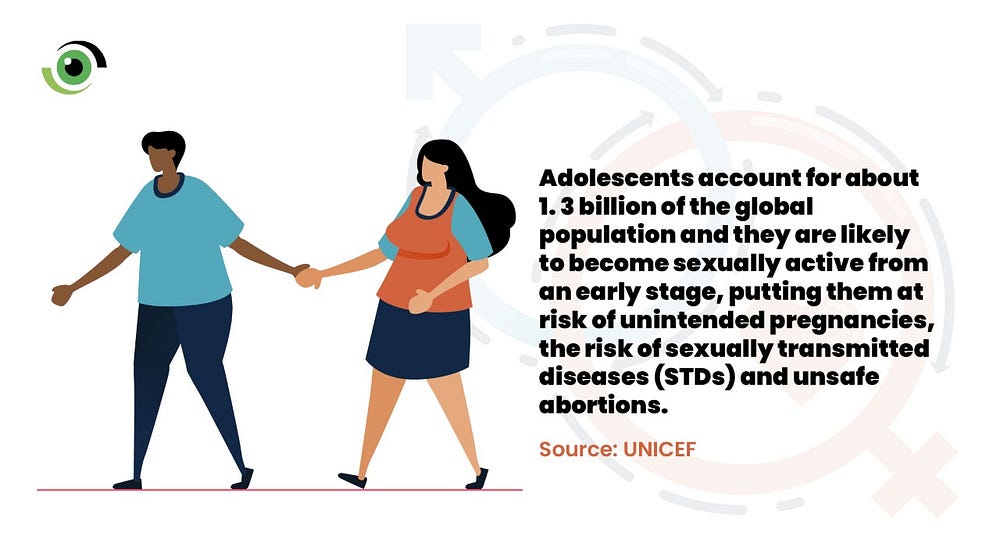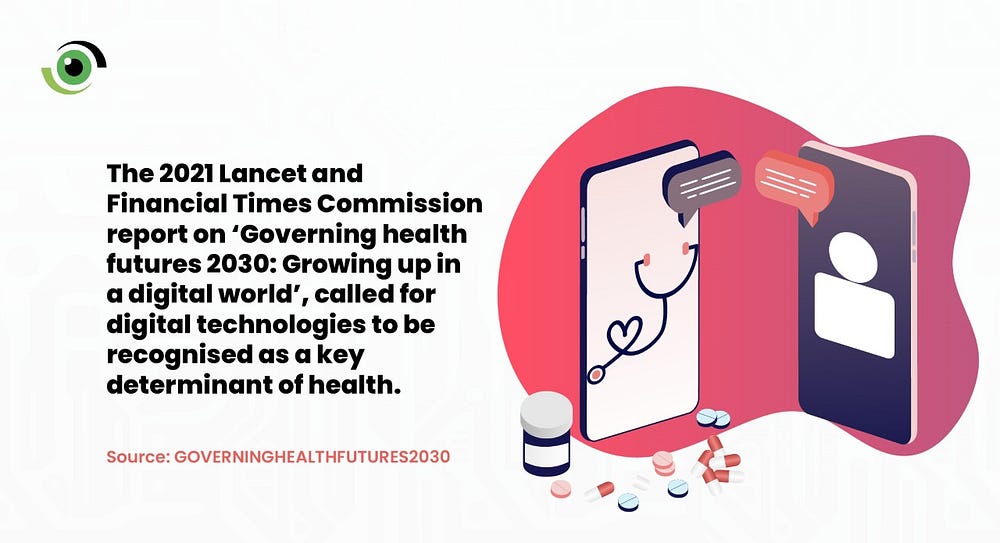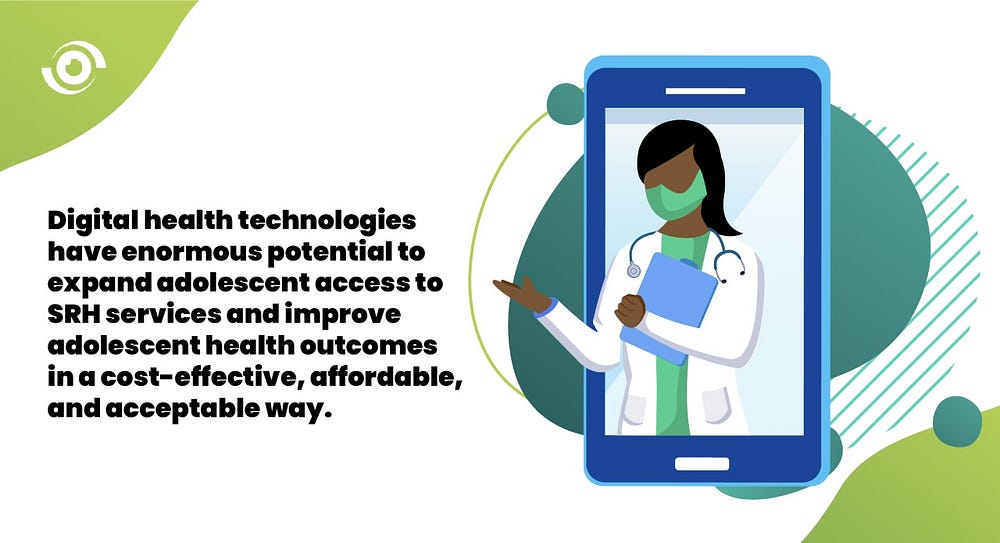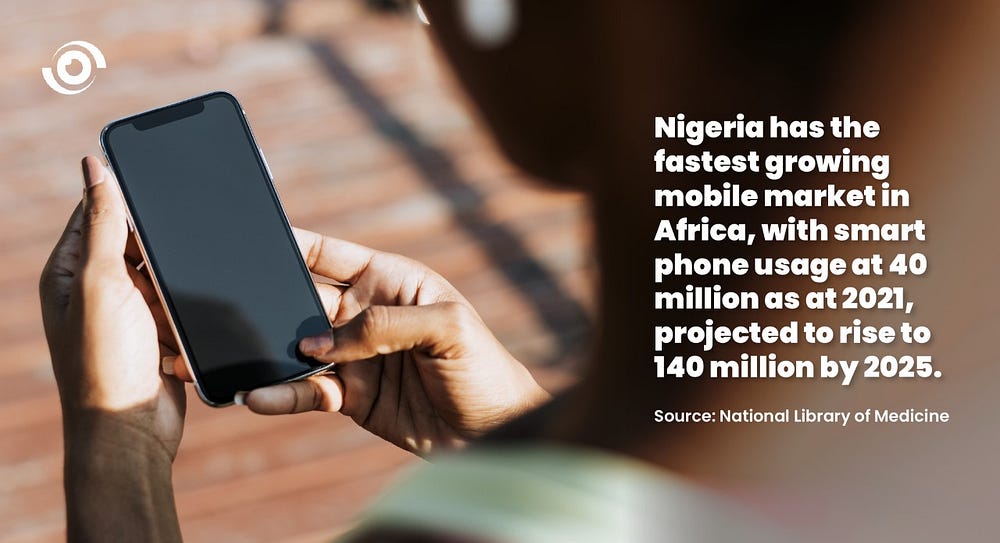By Patience Adejo and Kemisola Agbaoye (Lead Writers)
Adolescents, who account for about 1.3 billion of the global population, may become sexually active despite their lack of adequate knowledge. This exposes them to the risks of Sexually Transmitted Infections (STIs) and possible unintended pregnancies.
In developing countries, about 12 million girls aged 15–19 years and over 700 000 under 15 years, give birth each year. The leading cause of death in girls aged 15–19 years globally is pregnancy complications such as unsafe abortions, haemorrhage, infections, and obstructed labour. Although the abortion law and policy in Nigeria prohibits access to abortion services, except under specific conditions, nearly 2 million abortions happen annually in Nigeria. Results from the 2018–2020 Performance Monitoring for Action (PMA) abortion surveys in Nigeria revealed that girls aged 15–19 as well as women in rural areas and women with no education, were the most likely to have unsafe abortions.

Access to and use of quality Sexual and Reproductive Health (SRH) services is critical for the prevention of maternal deaths. It is also important for the attainment of Sustainable Development Goal three (SDG3) which aims to ensure universal access to sexual and reproductive health services — including family planning, information and education — and integrate reproductive health into national strategies and programmes, among other things.
But do adolescents and the youth population in Nigeria have access to adequate SRH services? When fifteen-year-old Rose got pregnant, her mother sent her away from home and she went to live with her 17-year-old boyfriend. Halfway through the pregnancy, she lost the baby and would have died, but for the quick medical intervention that enabled her to recover. When she was feeling better, a nurse in the hospital advised her mother to encourage Rose to have an IUD inserted to prevent future pregnancies until she was old enough and ready to start a family.
This was good advice, but Rose clearly needed to do more than insert an IUD — she also needed to be equipped with the right information to help her make the right choices and improve her reproductive health outcomes. Fifteen-year-old Sarah acknowledged that her mother had talked to her about sex, but it was nothing more than the age old, ‘if a boy touches you, you’ll get pregnant’ talk. She knew there was more and had questions but didn’t know who to speak to because “people became uncomfortable the few times I tried to ask them.”
Technology to the rescue
Adolescent Friendly Health Services (AFHS) should be accessible, acceptable, appropriate, equitable and effective. “Even better if they are online,” added Sarah who mentioned that she just could not imagine walking into a hospital and speaking to a nurse about SRH. The poor attitude of health service providers is one of the barriers adolescents face in accessing SRH services. Others include community and religious norms, financial constraints and stigma.

The 2021 Lancet and Financial Times Commission report on ‘Governing health futures 2030: Growing up in a digital world’ called for digital technologies to be recognised as a key determinant of health, and evidence has shown that mobile technology is becoming a more common tool for improving access to SRH services in low- and middle-income countries (LMICs). However, due to specific factors such as access to phones, availability of electricity, internet penetration, user attitudes, and implementation costs, it is still a widely underutilised tool.
Nigeria’s Reproductive Health Policy underscores the need to meet the reproductive health needs of individuals and couples throughout their life-stages and as a key approach to improving the quality of life of Nigerians. It supports the use of technology and methodologies appropriate for the effective delivery of quality reproductive health care at all levels.
Digital health technologies have enormous potential to expand adolescent access to SRH services and improve adolescent health outcomes in a cost-effective, affordable, and acceptable way. Nigeria has the fastest growing mobile market in Africa, with smart phone usage at 40 million as at 2021, projected to rise to 140 million by 2025. Given the challenges being encountered with ensuring an adequate health workforce for her rapidly growing, youthful population, Nigeria’s goal of obtaining a modern contraceptive prevalence rate (mCPR) of 27% by 2024 may require harnessing this potential.

Mobile health (mHealth) technology has been used for individualised email reminders to patients, automated phone calls or text messages, reminders of medications or visits to the health facility, as well as increased access to family planning information. Some digital health innovations like WHISPA and Link up have helped to improve SRH services among Nigeria’s youths. WHISPA is a mobile app that allows young people to privately access SRH services in a manner that is convenient, affordable and non-judgmental and Link Up is a youth friendly health services finder that links adolescents and young people to SRH facilities and providers across Nigeria using google maps.
There are, however, some challenges with harnessing this digital potential, including poor telecommunications service, a lack of long-term funding, concerns about data privacy and governance, and the lack of mobile phones among many Nigerian youths in this demographic. There are also broader limiting factors such as access to sexual and reproductive commodities and services, as well as the high cost of data and smart phones which may make access to information through digital platforms harder for some adolescents.

Access to SRH is a fundamental human right. The Nigerian government needs to ensure that the necessary structures for the adoption of digital health innovations in SRH service delivery are put in place, including developing enabling policies for both public and private sector investments in infrastructure, equipment and training.
Due to concerns around data security and data governance, systems to secure electronic patient records and sensitive information should be put in place. Once infrastructural and data security challenges have been mitigated, there would then be a need for targeted communication and messaging to encourage the adoption of these digital SRH services by the youth, to encourage sustained demand and uptake of their services.


